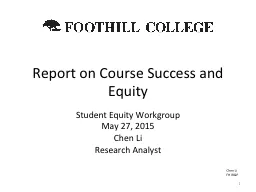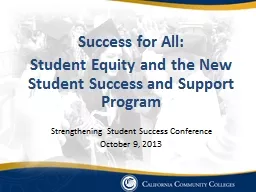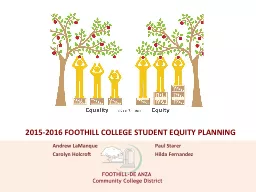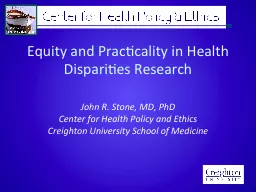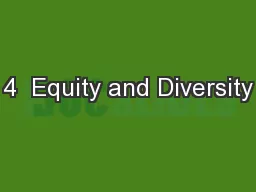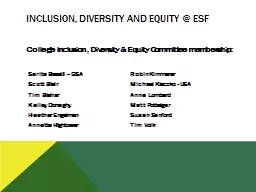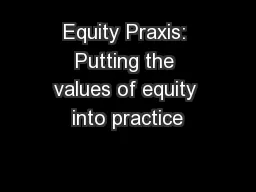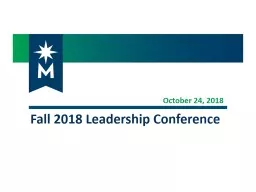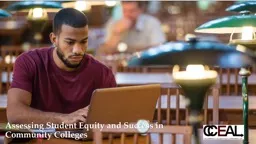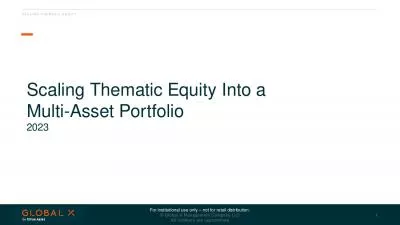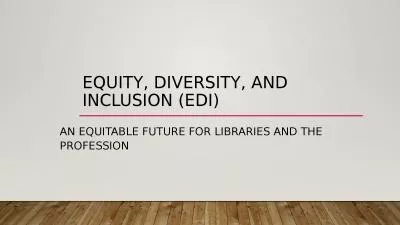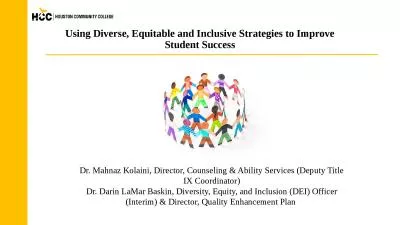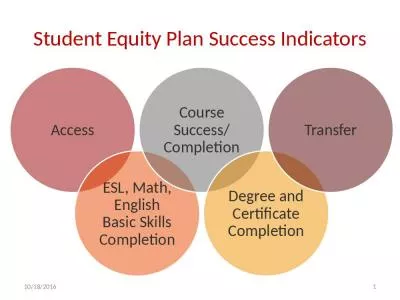PPT-Report on Course Success and Equity
Author : min-jolicoeur | Published Date : 2016-03-25
Student Equity Workgroup May 27 2015 Chen Li Research Analyst Chen Li FH IRampP 1 Access 2 Overall Course Success Rates 3 Green vs YellowImplications
Presentation Embed Code
Download Presentation
Download Presentation The PPT/PDF document "Report on Course Success and Equity" is the property of its rightful owner. Permission is granted to download and print the materials on this website for personal, non-commercial use only, and to display it on your personal computer provided you do not modify the materials and that you retain all copyright notices contained in the materials. By downloading content from our website, you accept the terms of this agreement.
Report on Course Success and Equity: Transcript
Download Rules Of Document
"Report on Course Success and Equity"The content belongs to its owner. You may download and print it for personal use, without modification, and keep all copyright notices. By downloading, you agree to these terms.
Related Documents

